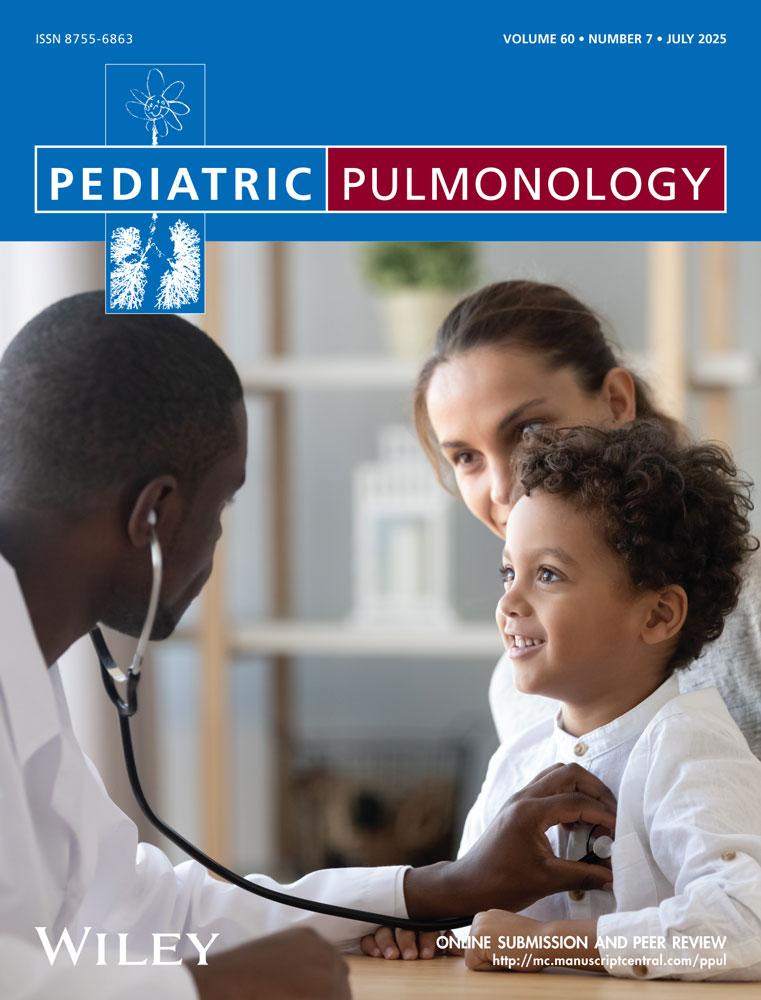Varying tracheal cross-sectional area during respiration in infants and children with suspected upper airway obstruction by computed cinetomography scanning
Abstract
An ultrafast cinetomography computed tomographic scanner (cine-CT) was used to evaluate infants and children (n = 15) with suspected obstruction of the larynx or trachea. One scan sequence provided a single image at each of eight cross-sectional levels (volume-mode study). Each study, lasting 224 ms, covered the distance between the supraglottic area and the carina. Each patient also underwent a “dynamic” study at a specific level of interest determined from the volume-mode study. Forty images within 2.3 s covered at least one respiratory cycle. The images were displayed as a closed-loop movie and dynamic changes in laryngeal and tracheal caliber with respiration were monitored and quantitated. Tracheal boundaries were outlined either by a trackball-guided cursor (freehand) or semi-automated computer edge detection, and cross-sectional areas and diameters were determined. Reproducibility was tested among three investigators' freehand drawings and two automated computer drawings, at the same and at varying image intensities. The coefficient of variation for the computer-assisted records (0.2%) was smaller than for the best freehand drawing (1.5%). Tracheal diameters were reproducible, but with greater intra-individual investigator variability. Four normal tracheas had close to published measurements with conventional CT scanners. Cine-CT gives objective tracheal dimensions and their variation during respiration; it provides good anatomical detail above the carina, and also of the extra- and intra-thoracic vessels if injected with contrast medium. Pediatr Pulmonal 1990; 9:224–232.




